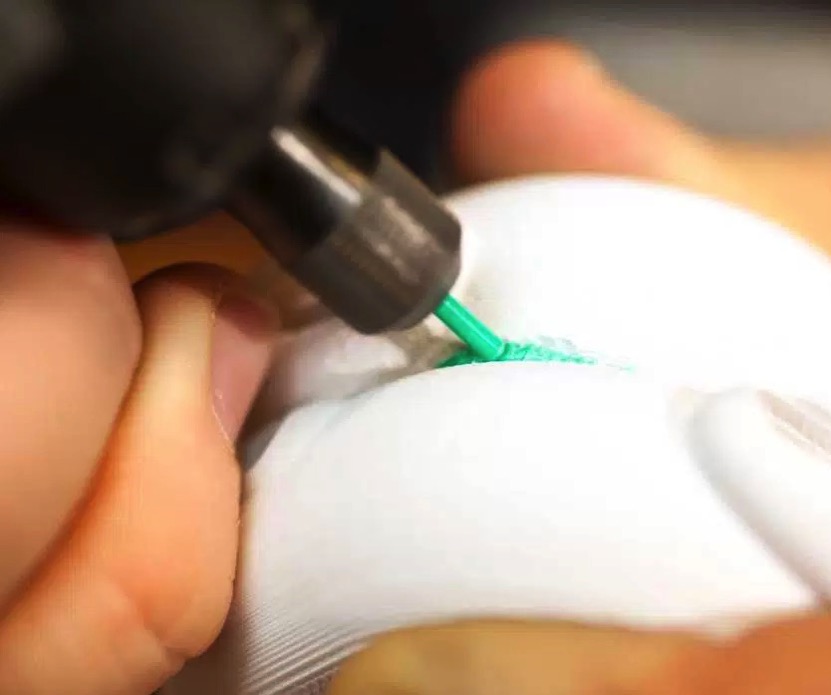In a world where we can buy affordable 3d printers it can seem intimidating when it comes to creating your own 3D model for the first time. This is what the founders envisioned when they created their first successful Kickstarter for the Doodle 3d WiFi box with embeded sketch app (still available). For the first time you could not only use your fingers to paint a 2d sketch and extrude it into 3D you could send the design directly to your printer over USB. The WiFi box hosts an app that allows any touch interface like phones or tablets to be the modeling tool wirelessly. It’s much easier than it sounds.
The founders have improved upon the concept by releasing the Doodle3D Transform App, which runs a web technology-based app and forthcoming tablet app, pending a successful campaign. You can draw by hand, scan photos/drawings or import existing images. In addition to sending your design to your 3D-printer you can upload it to an online service like 3D Hubs for output, if you’re still saving up for a printer. But instead of being limited to single-walled prints you can create complex objects with the same simplicity of the original. Watch the video above and see all the capabilities on their campaign page.
I can’t think of a quicker or more fun way to get started in modeling! You can find out more about the features on the Kickstarter Page and more about their company on their website.



